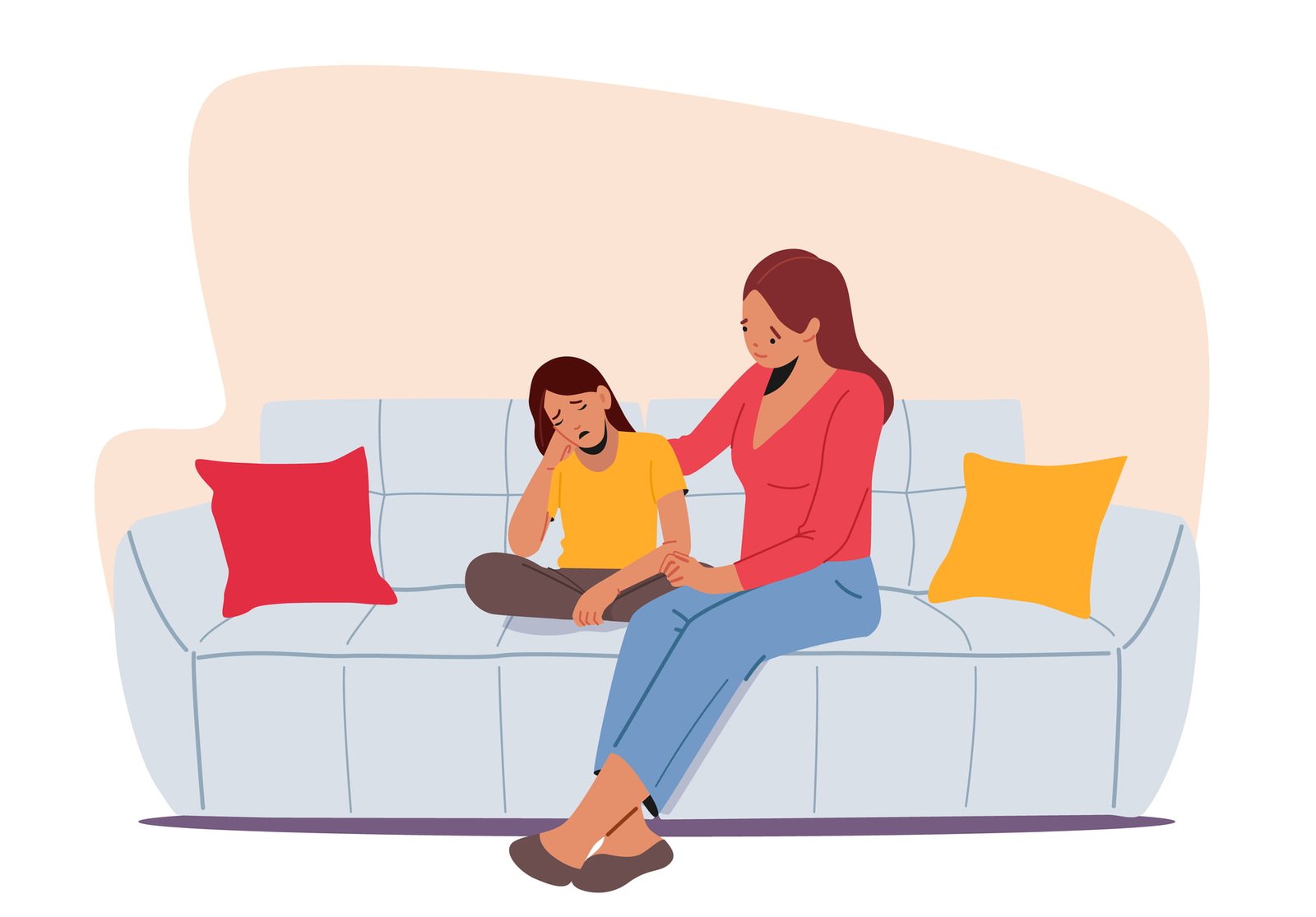As parents, we often find ourselves caught up in the daily grind – juggling work, household chores, and countless other responsibilities. In the midst of all this, it’s easy to overlook one of the most crucial aspects of parenting: truly listening to our children. Active listening goes beyond just hearing their words; it involves fully engaging with them, understanding their feelings, and responding thoughtfully. This simple yet powerful practice can strengthen your bond with your child, boost their self-esteem, and create a supportive and loving environment.
Why Active Listening Matters
Children, like all of us, have a deep need to be heard and understood. When we actively listen to them, we validate their feelings and experiences, making them feel valued and respected. This, in turn, helps to build their confidence and trust in us. Furthermore, active listening fosters open communication, allowing children to express themselves freely and honestly.
The Elements of Active Listening
Active listening involves several key components:
- Undivided Attention: Give your child your full attention. Put away distractions like phones, turn off the TV, and focus on them. This shows that what they have to say is important to you.
- Empathy: Try to understand things from your child’s perspective. This means not only hearing their words but also tuning into their emotions.
- Validation: Acknowledge your child’s feelings and experiences. Even if you don’t agree with everything they say, validating their feelings is crucial.
- Reflective Listening: Paraphrase or summarize what your child has said to show that you’re truly engaged and to clarify any misunderstandings.
- Nonverbal Cues: Use body language such as nodding, maintaining eye contact, and leaning in to show that you’re listening.
An Example of Active Listening
Imagine your child comes home from school and says, “I had a terrible day. No one played with me at recess.”
Undivided Attention: Stop what you’re doing, make eye contact, and focus on your child.
Empathy: Try to feel what they’re feeling. “That sounds really tough. I can see you’re feeling sad.”
Validation: “It’s okay to feel upset when things don’t go as you hoped.”
Reflective Listening: “So, you felt lonely because no one played with you during recess?”
Non-verbal Cues: Nod, maintain eye contact, and maybe even give a reassuring touch on the shoulder.
By engaging in this way, you show your child that their feelings are important and that you are there to support them.
The Benefits of Active Listening
Active listening can transform your relationship with your child in several ways:
- Stronger Bond: When your child feels heard and understood, your relationship becomes stronger and more trusting.
- Better Communication: Open and honest communication becomes the norm, making it easier to address issues as they arise.
- Increased Self-esteem: Children who feel valued and understood are likelier to have higher self-esteem and confidence.
- Emotional Intelligence: Active listening helps children learn to understand and manage their own emotions, fostering emotional intelligence.
Tips for Practicing Active Listening
Be Present: Set aside regular daily time to talk with your child without distractions.
Stay Calm: Even if your child is upset or angry, remain calm and patient. Your composure will help them feel safe and supported.
Ask Open-ended Questions: Encourage your child to share more by asking questions that require more than a yes or no answer. For example, “What was the best part of your day?”
Reflect Back: Show that you’re paying attention by reflecting back on what you’ve heard. This can be as simple as saying, “It sounds like you felt really proud when you finished your project.”
Avoid Judgment: Focus on understanding your child’s perspective without jumping to conclusions or offering unsolicited advice.
Conclusion
Active listening is a powerful tool that can significantly enhance your relationship with your child. By giving them your full attention, empathizing with their feelings, and responding thoughtfully, you show them they are valued and understood. This practice not only strengthens your bond but also fosters a supportive and loving environment where your child can thrive. So, take the time to truly listen to your child — you might be surprised by the positive impact it can have on both of your lives.
Subscribe for Free and Receive the ADHD Parenting Book with 10 Toolkits!
